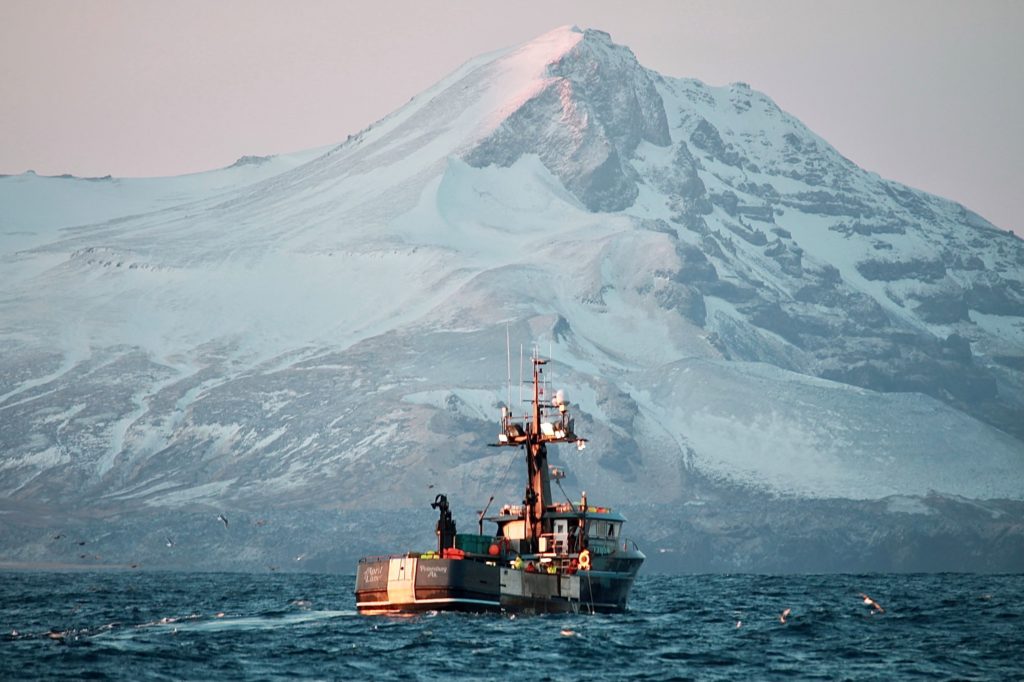Growing up in Alaska, I have witnessed firsthand the challenge of connecting Arctic communities. In my career as an educator, I saw the importance of virtual learning for students in remote communities and witnessed the growth in services available to them. When I began working at GCI, Alaska’s largest telecommunications provider, I seized the opportunity to help develop those virtual learning services. GCI has a long history of partnering with local leaders and community organizations to deliver connectivity to schools, hospitals, clinics, businesses and homes. In my role at GCI, I have focused on ways to upgrade local service and, in some cases, connect remote Alaskans communities for the first time. However, connecting remote communities in the Arctic presents a unique set of challenges. That’s why I was interested in being a part of the Arctic Economic Council.
For the past two years, I have had the pleasure of serving as the chair of the Arctic Economic Council’s Connectivity Working Group, which recently submitted its final report on connectivity infrastructure in the Arctic to the AEC. In this report, we surveyed both existing and emerging communications technologies and spotlighted several example connectivity projects across the North American Arctic. We also analyzed available funding models for connectivity infrastructure and their viability in the Arctic. One of our key findings was that the underlying economic model for development in the Arctic is fundamentally different than elsewhere in the world.
In the North American Arctic, infrastructure development projects must overcome a combination of vast distances, low population density, extreme temperatures and weather conditions, and a relative lack of supporting infrastructure. Often, this means that a traditional supply and demand model does not apply. Investors in connectivity infrastructure often look to other funding models to cover the capital expenses of a new build and the operating expenses required to maintain a network. In our report, we identified this awareness of the unique conditions of the Arctic as an Arctic economic lens. Without this lens, investors may not be able to accurately assess the long-term viability of their infrastructure projects.

What’s Next for Alaska’s Economy – Investing in our State Post-Pandemic
At GCI, we have experienced firsthand the unique economic conditions in the Arctic in our work to build Alaska’s most advanced network. I can attest to how hard it has been for schools in rural communities to afford to bring connectivity to their buildings and, during COVID, to student homes. In the report, the AEC’s Connectivity Working Group identified several programs that help subsidize services in rural communities. These include the Universal Service Administrative Company’s E-rate and Rural Health Care (RHC) Programs, which offers federally mandated subsidies to schools and healthcare organizations across the United States, including Alaska.
Additional funding models discussed in the report include long-term purchasing agreements, tax credits, publicly supported loans and design-build grants, among others. In Alaska, federal grant programs have helped stimulate some of Alaska’s largest network builds. One example of this is GCI’s TERRA network, a 3,829-mile hybrid fiber-microwave network that delivers services to 87 rural communities. TERRA was supported by $88 million in funding awarded by the USDA Rural Utilities Service. In 2020, GCI won a $25 million USDA ReConnect Grant to build subsea fiber to the Aleutians. That project is currently in the planning and permitting phase and is anticipated to deliver fiber connectivity to Unalaska and Dutch Harbor in 2022.
Our experiences with massive network builds have demonstrated just how important it is to plan infrastructure projects with unique Arctic characteristics in mind. In the Aleutians, for example, a subsea fiber connection is preferable to a microwave tower due to the extremely high winds and the irregular terrain, which make it difficult to line up microwave shots between locations. On the North Slope, networks must be engineered to withstand the frequent subzero temperatures and inclement weather. Additional examples of telecommunications projects engineered with unique Arctic conditions in mind can be found in the 2021 Connectivity Working Group report. Readers will also find a decision matrix that will help stakeholders determine the viability of infrastructure projects. I encourage all Arctic decisionmakers to review the report and decision matrix before embarking on their next connectivity development project.
I would like to extend thanks to the members of the working group, our Advisory Board and the dozens of stakeholders who provided valuable feedback on a draft of the report. Their efforts enabled us to incorporate perspectives from across the North American Arctic and to produce a more comprehensive report on connectivity in the Arctic today.